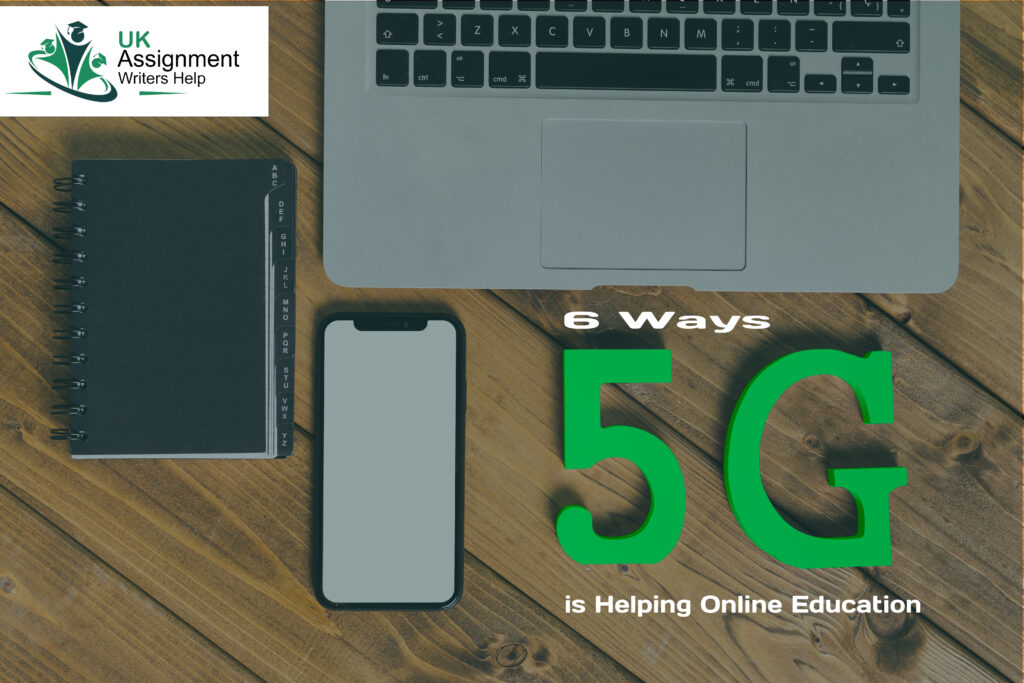In the past few decades, the education sector and processes have evolved beyond our wildest imaginations. We have come a long way from learning in instructor-led, strictly supervised environments with rigid schedules to relaxed, remote learning channels of online learning. All this development can be attributed to technological development.
Since the introduction of the internet back in the 1970s, scientists and engineers have developed lots of devices to facilitate these signals. We started with computers then came hand-held computers in the form of mobile phones. At the same time, we kept seeing a continuous development in internet technology from Ethernet to Wi-Fi.
So, how is the latest development in the world of the internet, 5G going to change our lives? More importantly, how is this development going to change the education industry? Let’s explore the impact of the 5G Internet on online education.
Efficient Learning
You will agree that internet speed determines the speed and efficiency of your online classes. If your or your fellow’s internet is not stable, you will request the instructor to slow down the education pace. In the end, one connection’s low speed will hamper all students from reaching their learning goal from a particular lecture.
The introduction of 5G has overcome this issue. Now, most students are connected to 5G and face little to no unplanned delays in communication. Because information is conveyed at a planned pace, it has become easy for the teacher as well as the students to remain in the look and absorb the provided knowledge.
Interestingly, the prevalent use of 5G has also allowed the lecturers to identify lacking students. Many students could give the excuse of poor internet connection previously. However, this excuse has become a thing of the past recently thanks to 5G internet. Lecturers expect most students to use 5G data while signing in to their online classes and will point out the students who are lagging despite this shift.
The blessing for students is that now their poor choices of assignment writing help cannot hide behind their connectivity excuses. They will be caught in the act if they do so and these students will switch to quality resources sooner or later.
Attention Enhancement
Another benefit of the high-speed internet of 5G is the attention boost it gives. You see, 5G online class streaming is nothing like Ethernet streaming. Information is conveyed within a fraction of a second. No lag means no reason to look for additional stimulus.
In other words, 5G has brought the lecturer back in control. It has empowered them with a zero-distraction interface. Now, all they have to do is present an immersive learning experience with an adequate level of interaction, and their students will remain engaged.
Interactive Learning Mode
Speedy internet means two-way communication. You don’t have to resort to listening to recorded lectures just because your internet connection gave way during the class. At the same time, you can listen to your instructor in real-time, and between his lecture and class discussion, you get plenty of time to understand the topic, know your doubts, and raise them in class.
Interactive learning is the key to class engagement and boosts learning. It keeps the students focused so they can take in more material from their lectures. Sometimes, it also means that your lecture gives you a discussion topic for the class, requiring you to participate in the class for marks. Most of these discussions go multi-way and remain interactive and engaging only because of the speed of the internet.
Technology has helped eliminate echo and noise that may occur when multiple voices are coming from multiple devices across different IP addresses. So, if you want to connect with your UK assignment writing help, you don’t have to worry about lost connectivity or lagging responses.
Increased Accessibility
5G has been proven to be more accessible than previous generations of wireless cellular technology. Even remote areas can get the signals easily thanks to OFDM (Orthogonal frequency-division multiplexing) – a method that reduces interferences and increases the reach of signals to remote devices.
Most devices that could use 4G can benefit from 5G technology just as effectively. In short, no internet users will have to switch devices only to connect to 5G internet. Even those students who live in remote areas and who had to change their location to access 4G signals can now access their classes from the comfort of their homes.
Personalized Learning
All in all, the most prominent advantage of 5G technology is its speed and reliability. Indirectly, this speed also lends to innovative educational methodology. Combining speedy internet with AI and VR tools means that we get a learning model that minimizes human efforts without compromising on the quality of learning.
AI can work to detect a person’s learning style, progress, and struggles. With this knowledge, it can build a model that supports the learning of every student. Not only that, using existing resources and these personalized learning models, instructors can oversee AI-induced planning of individualized curricula in real time. This plan can be revisited every day, week, month, or semester to account for the development in this period.
AI Support
AI models have become another trend in the education technology sector. While students have only seen this development as their next my assignment writing help, these tools are more than that. They are helping evaluate every learning move of the students and developing learning plans for them. These tools will soon become your instructors’ ultimate teacher assistant in the coming years.
However, you should note that this development depends entirely on the internet and its connectivity. While AI has its miraculous intervention in the academic lives of students, it can only render its services if it gets the pathway of the internet.
You see, most AI tools are hosted on educator’s servers and students need the internet to access them and let them build or collect lectures and presentations. Again, these lectures and presentations will be taken from the server are your educator’s office and will only come through if you have a stable connection. In short, whatever technological advances the education sector might encounter, they will always use the 5G or more advanced internet technology to work.
Wrapping Up
5G technology has been paving the way for many technological advancements. This blog post discusses the major contributions it has made to educational technology.


